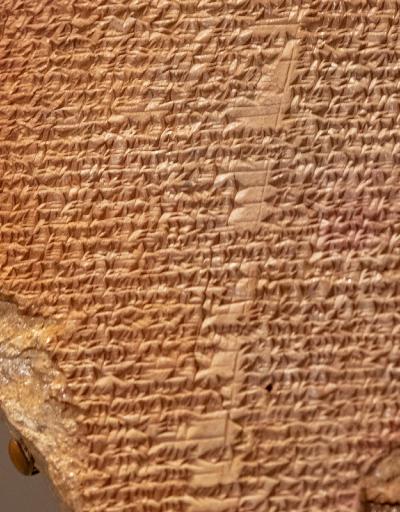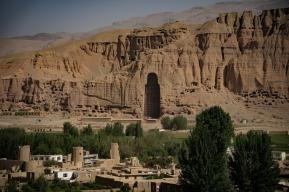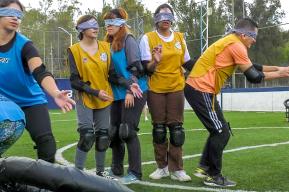The 3,500-year-old clay tablet, bearing cuneiform inscriptions in Sumerian, is an important remnant of an ancient Mesopotamian civilization. Likely looted from a museum in Iraq following the conflict in that country in 1991, the tablet was fraudulently introduced into the US art market in 2007, and in 2019 it was seized by the US Department of Justice.
Returning the tablet ‘allowed the Iraqi people to reconnect with a page in their history'.
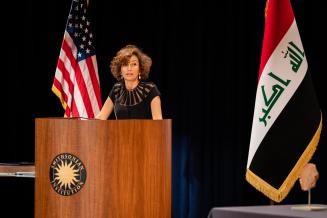
The restitution of this valuable artefact is the result of decades of cooperation between States such as the United States and Iraq. Both are signatories to UNESCO’s 1970 Convention, which provides countries with the legal and practical framework to prevent illicit trade in cultural property and to ensure that recovered items go back to their rightful homes.
Besides this exceptional piece, in July 2021 the US Government facilitated the return to Iraq of 17,000 artefacts discovered to have been looted in recent decades. In 2021 alone, the US Antiquities Trafficking Unit also helped give back valuable items to the people of Cambodia, Nepal, Pakistan, Sri Lanka and Thailand.
These repatriations demonstrate the increased efforts of countries, UNESCO and other organizations to curb the illicit trade in ancient artefacts and to restitute stolen objects. The black market for cultural property, which has spread to the Internet, is vast and continues to be a key funding source for terrorists and other criminal groups.
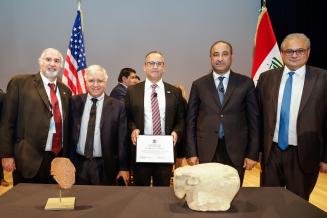
Another success story was celebrated at UNESCO in October 2021, when a private collector voluntarily handed back to Guatemala a fragment of Stela 9 from the Piedras Negras archeological site. Stolen in the 1960s, it reappeared in France at a Paris auction in 2019.
A number of UNESCO Member States, including Argentina, Australia and India, boosted their efforts to counter illicit trade in cultural property in 2021 by launching information campaigns and training law enforcement agents, among other initiatives.
In June 2021, UNESCO provided technical support to Jamaica for a Sensitization Workshop on Cultural Heritage with a Focus on Border Control Agencies. In November, it organized a virtual seminar for museum staff in the Caribbean countries as part of the project ‘Improving regional cooperation in the fight against illicit trafficking of cultural property in Latin America and the Caribbean’. These countries are plagued by traffickers in pre-Columbian, religious and colonial artefacts, as well as the illicit trading of underwater cultural heritage from shipwrecks and other submerged sites.
UNESCO’s increasingly influential Convention on the Means of Prohibiting and Preventing the Illicit Import, Export and Transfer of Ownership of Cultural Property marked its 50th anniversary in 2020. It has been ratified by 141 Member States to date.


